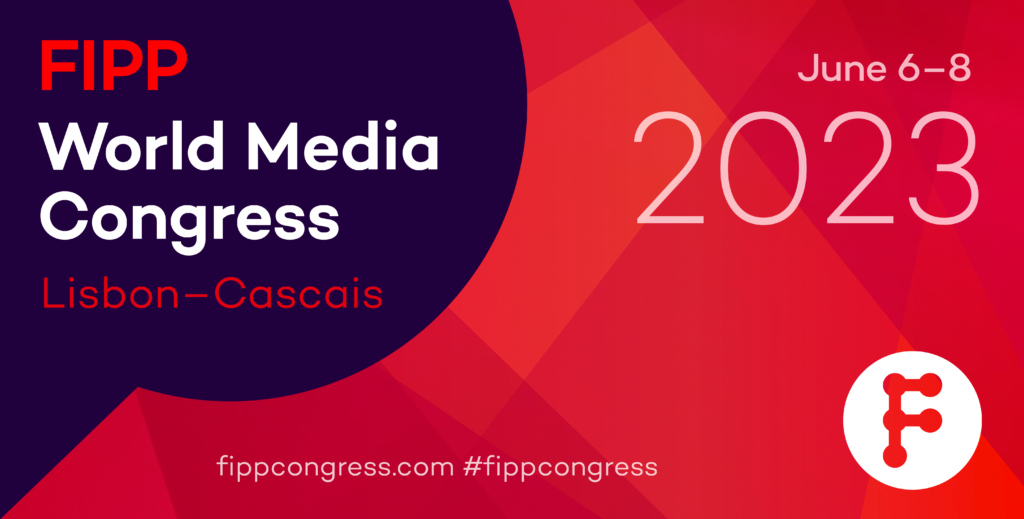|
Getting your Trinity Audio player ready...
|
The immediate concern for publishers is not which tech giant wins the coming struggle for AI supremacy, it is the impact that generative AI will have on how people find and consume content. Chris Hogg of Lotame explains more, as well as urging publishers to put their weight behind legal action to protect their intellectual property.
AI is the new big tech battleground, and its shockwaves will be felt across every aspect of our lives. Unlike Apple changing its privacy terms or developments in Google’s antitrust case — neither of which are likely dinner conversation topics — the launch of ChatGPT has filled mainstream news headlines with an endless stream of hype and fear. From AI replacing romance novelists to its impact on the future of homework, the AI frenzy has spread far beyond the tech press.
Google clearly knows how high the stakes are in this new arms race. The company went “code red” after Microsoft announced ChatGPT’s Bing integration, leading to a botched preview presentation of Bard — its own generative AI for chatbot search — which wiped $100 billion from its market value. And this is just the beginning: every big tech player has been working on generative AI behind the scenes, and Bing’s sudden and surprise surge back to relevance shows that none of us can predict who will come out on top.
But the immediate concern for publishers is not which tech giant wins the coming struggle for AI supremacy, it is the impact that generative AI will have on how people find and consume content. It seems that, once again, publishers will find themselves contending with walled gardens to protect their revenues.
Microsoft’s search-free search engine threatens publisher revenues
Search engines have been the backbone of content discovery on the internet since the turn of the millennium, but Bing’s revamped ChatGPT-powered search ushers in a whole new paradigm. Instead of showing a list of relevant sites that the user then clicks through to, Bing’s chat mode generates responses to a user’s query without them having to visit any other websites, with remarkable understanding of conversational language.
Old habits die hard, and there are serious concerns around the reliability of AI-generated answers, but the history of technology has shown that most consumers will choose convenience over fidelity. The more popular AI search becomes, the faster traditional search traffic will dry up, along with the ad revenues that result from it.
The potential for disruption here cannot be understated. Google generated $162 billion from “search and other” revenues in 2022, which accounted for 58% of Alphabet’s total revenue. The vast majority of digital advertising budgets are dedicated to search, and existing ad delivery systems were built to execute and optimise based on how search works today. Should ChatGPT shift consumer browsing habits, completely new systems (most likely AI-driven themselves!) will need to be built to ensure campaigns meet expected performance goals.
Microsoft is already in discussion with advertising agencies as to how it might monetise AI search, but is yet to address whether it plans to share these revenues with the owners of the content that was used to generate the chatbot’s answers.
While the proportion of search traffic will vary depending on the publisher and the type of content they produce, Hubspot estimates that 26% of all website traffic comes from search (split between 17% organic and 9% paid). Publisher revenues have shown remarkable resilience in recent years but the growth tightrope that the industry is currently walking on leaves it vulnerable to sudden shocks. Losing a quarter of traffic would add incredible strain to publishers already busy reconfiguring their revenue streams and tech stacks to adapt to the post-cookie ecosystem.
One silver lining is that the broad strategy across the digital publishing industry to reduce reliance on open programmatic revenues in favour of subscriptions, private marketplaces, and direct deals will also help to reduce shocks from AI disruption. A loyal audience of repeat visitors that trust the publication and may even consider its output worth paying for directly is going to become even more valuable, as will using insights from this audience to increase inventory value and sell high-attention premium formats.
The challenge will be growing this audience and convincing new users that going direct to the source is more valuable than relying on generated answers. User acquisition will have to be stepped up to make up for the reduction in brand discovery through search, perhaps by increasing the publication’s presence on other channels, such as social media or video platforms. Lookalike modelling and data partnerships can help publishers identify which channels or adjacent brands host valuable and compatible audiences.
It’s in these areas that AI is a friend rather than a foe to publishers. The ability of machine learning algorithms to recognise patterns in vast data sets can accelerate the modelling and activation of the first-party data that publishers have spent the past few years collecting and unifying. AI-powered solutions offer predictive audience creation, sophisticated modelling, and collaboration platforms where two or more data sources can be scrubbed of personal information and then probabilistically joined. Brands have leaned into these capabilities hard in the last few years, and publishers should follow suit.
However, refining revenue streams and mixing up marketing is only half the challenge. Publishers must also join forces and put their weight behind legal action to protect their intellectual property.
Publishers must challenge the legality of feeding intellectual property to AIs
To anticipate how publishers might react to the encroachment of AI on their business, let’s look at a sector that has a small head start in dealing with it. Last year, deep learning text-to-image models exploded onto the internet, leaving artists, photographers, and image rights holders to figure out how to protect their intellectual property from technology that was moving faster than the law could keep up with.
These AI-powered image generators, such as Stable Diffusion, DALL-E, and Midjourney, use vast libraries of images scraped from the open web for their training data. The wrinkle is that the original artists and rights holders did not consent to their images being used for such a purpose and, to add salt to the wound, users can generate images using a specific artist’s style as a prompt. Why commission work from an artist when you can ask an AI to create a passable replica for free?
In response, rights holders such as Getty Images as well as groups of artists have launched lawsuits against Stability AI and Midjourney on the grounds of copyright infringement, and the outcome of these cases may set precedents that will shape the future of legislation around AI. We’re also seeing the beginning of specific anti-AI technology: Glaze from the University of Chicago cloaks artworks with a nearly invisible overlay of a second image that prevents it from being recognised by machine learning models.
Publishers will no doubt hit back with a similar combination of legal action and counter-technology. The News/Media Alliance — a trade body that includes the likes of The New York Times and The Wall Street Journal — have announced their intention to challenge Google and Microsoft’s use of their intellectual property and establish licensing terms that would see publishers compensated when their content is regurgitated by AI.
The situation is a more existentially significant version of the dispute around Google snippets — short excerpts of relevant content displayed directly within the search interface — which resulted in the company agreeing to license content from publishers for a fee. We may see similar arrangements around generative AI, but would such arrangements be enough to make up for the search traffic shortfall and other damages?
Hopefully, publishers won’t have to wait too long for regulators to catch up with AI and establish guardrails to prevent it from undermining the livelihoods of those in the industry. Companies pushing generative AI must tread carefully: the datasets that train their large language models are still derived from content made by people. If people can’t afford to make content anymore, the models lose all their value. If big tech put their AI expansion over the sustainability of digital publishing, all they will be left with is AIs feeding AIs in increasingly deranged loops, and that’s not a future that’s exciting for anyone.
Chris Hogg
Chief Revenue Officer, Lotame
Lotame delivers flexible data solutions to future-proof connectivity and drives performance across all screens. Marketers, publishers, and platforms rely on our innovative and interoperable solutions, powered by our identity platform, to onboard, enrich, and address audiences. Lotame is headquartered in the United States and serves global clients in North America, Latin America, Europe, Middle East, Africa, and Asia Pacific.



